[vc_row][vc_column][vc_single_image image=”7034″ img_size=”full” alignment=”center”][/vc_column][/vc_row][vc_row][vc_column][vc_column_text]Did you know around 6 million seniors in the U.S. struggle with dysphagia? Dysphagia is the medical term for when someone has persistent issues with swallowing that occur due to weakening in the throat and mouth muscles. Unfortunately, difficulty swallowing liquids and solid foods has the potential to become a serious problem for older adults. While dysphagia can add complications to your daily routine, there are ways to manage the condition and improve your quality of life. Join us as we share five tips for coping with dysphagia symptoms.
1. Create a Healthy Dysphagia Diet
A big challenge when you’re living with dysphagia is making sure you’re getting enough calories during the day. Many people try to supplement their diet with protein shakes to add extra calories, but the proteins and vitamins often create a consistency that’s harder to swallow. The good news is there are plenty of ways to incorporate healthy foods into your dysphagia diet:
- Greek yogurt is a high-fat food that gives your diet a boost in calories while serving as the perfect base for any other flavors you enjoy.
- Vegetables and fruits like broccoli, spinach, kale, bananas and strawberries can be easily pureed into healthy snacks that are easy to swallow.
- If you’re looking to maintain your body weight while getting extra calories, try adding protein power to your favorite dysphagia-friendly foods.
2. Eat Smaller Meals Throughout the Day
If you have dysphagia, you know that eating for more than 10 or 15 minutes at a time can be exhausting. This is why you should try to eat five or six small meals a day instead of the usual three. With smaller meals, the muscles in your mouth and throat are less likely to experience fatigue, which makes swallowing easier.
3. Do Your Best Not to Talk While You’re Eating
It sounds easy not to talk while you’re eating, but it’s a lifelong habit for many of us. To get started on breaking this habit, try being more mindful as you eat. Think about what type of food is in your mouth while you’re eating, and try to make sure each bite of food is being chewed properly. While this might seem a little tedious at first, remember this behavior will help you build healthy habits.
Remind yourself that you can still listen to what other people are saying when you’re eating. If you want to contribute to the conversation, there’s nothing wrong with taking a break from your meal to join in.
4. Avoid Using Straws
While using a straw seems like a good idea when you have dysphagia, it’s best to avoid them. The main problem with straws is that the flow rate of the liquid you’re drinking increases. With dysphagia, it can be hard for your throat and mouth muscles to adapt to the sudden rush of liquid that comes from a straw. However, when you drink from a cup, you have direct control over how much liquid enters your mouth based on how you hold the glass. By having more control, you’ll also lower the risk of the liquid going down the wrong pipe, which can lead to choking or aspiration.
5. Change Your Desserts
When you’re living with dysphagia, ice cream and jello seem like natural choices for dessert. However, these desserts are actually dangerous because it takes longer for those foods to move to the back of your throat when you have dysphagia. While ice cream and jello move toward the back of the throat, they start to melt and increase the risk of aspiration. Instead of eating ice cream, try pudding; it’s a much more dysphagia-friendly dessert.
Living with Dysphagia at Heritage Senior Living.
If you’re living with dysphagia, you might be looking for a little extra help with daily tasks so you can focus more on coping strategies for the condition. Heritage Senior Living is here to help you reach a higher level of wellness by providing personalized support. Contact us today to learn more about how our senior living services and culinary expertise can help you thrive. [/vc_column_text][/vc_column][/vc_row]





